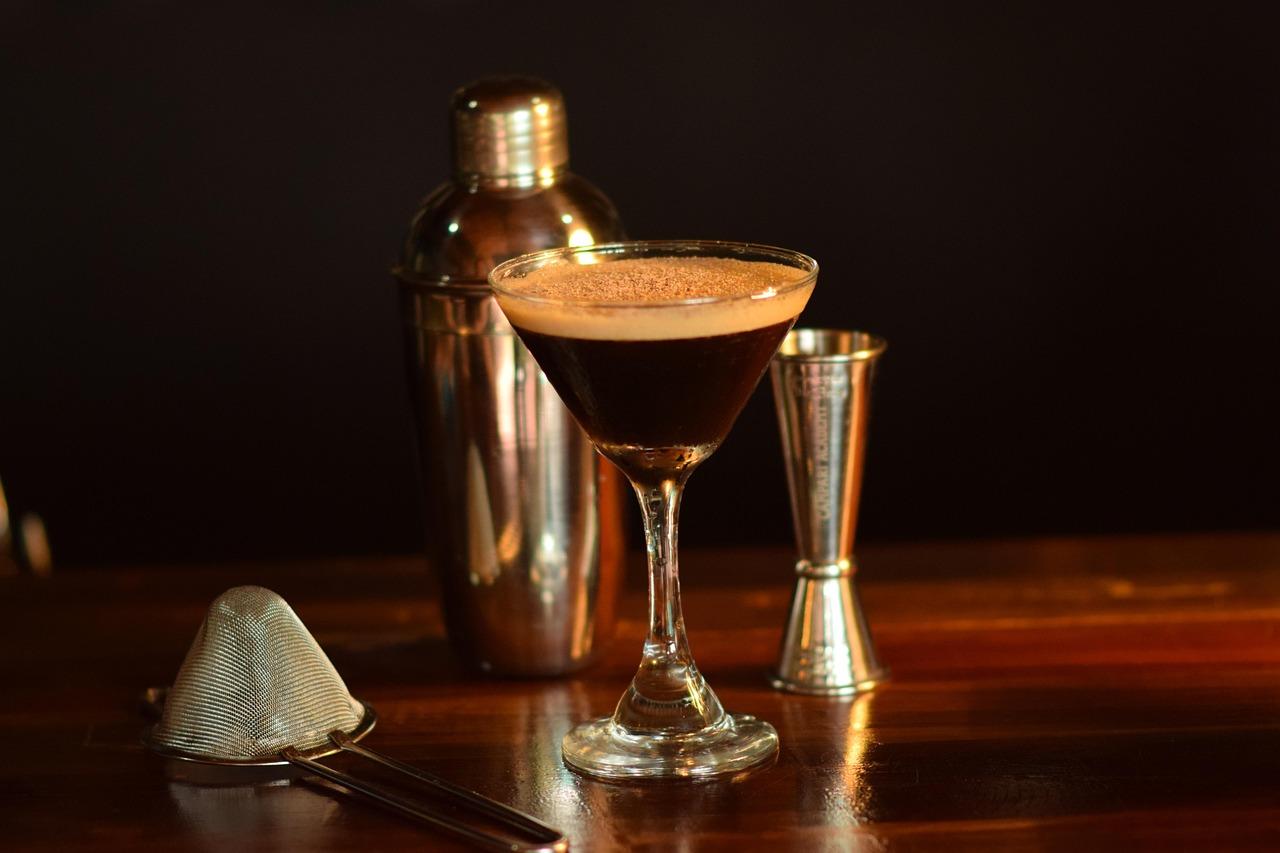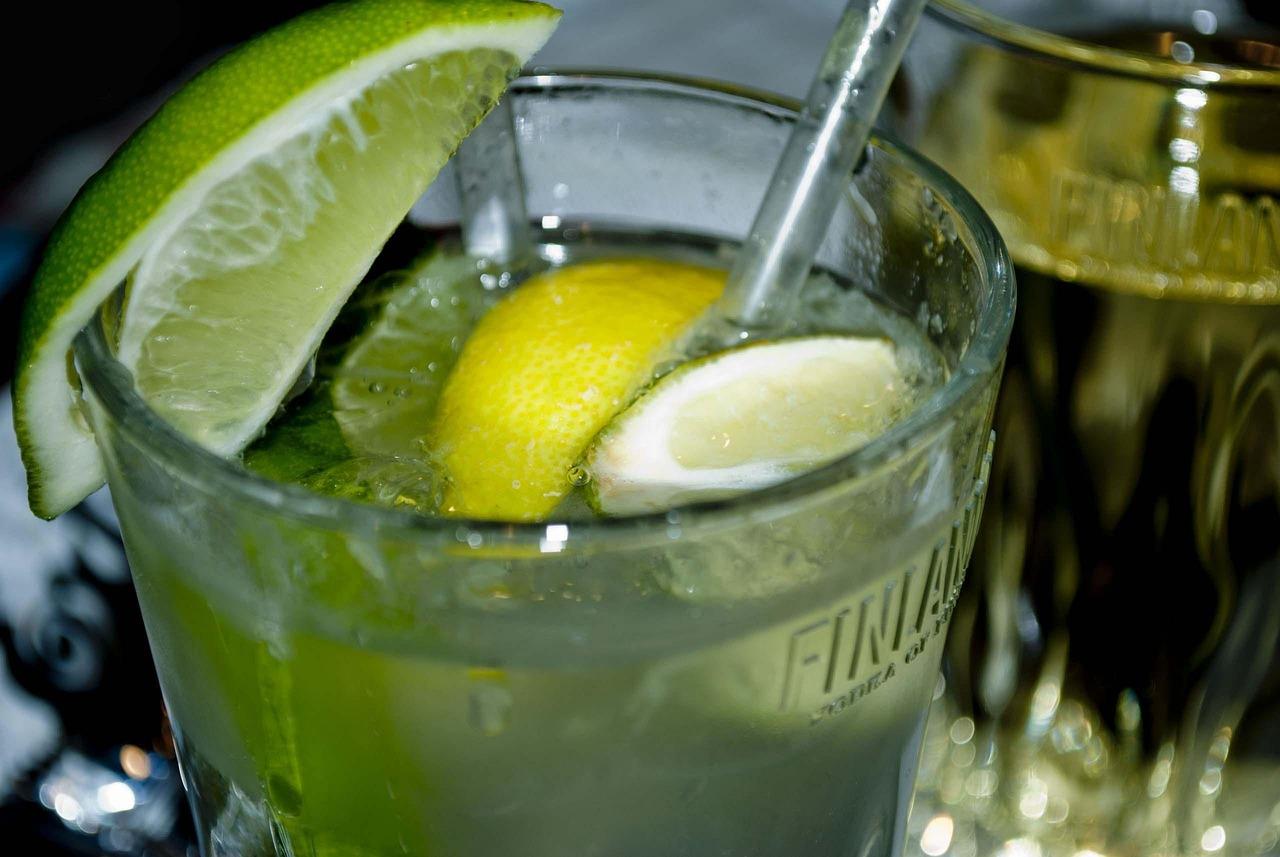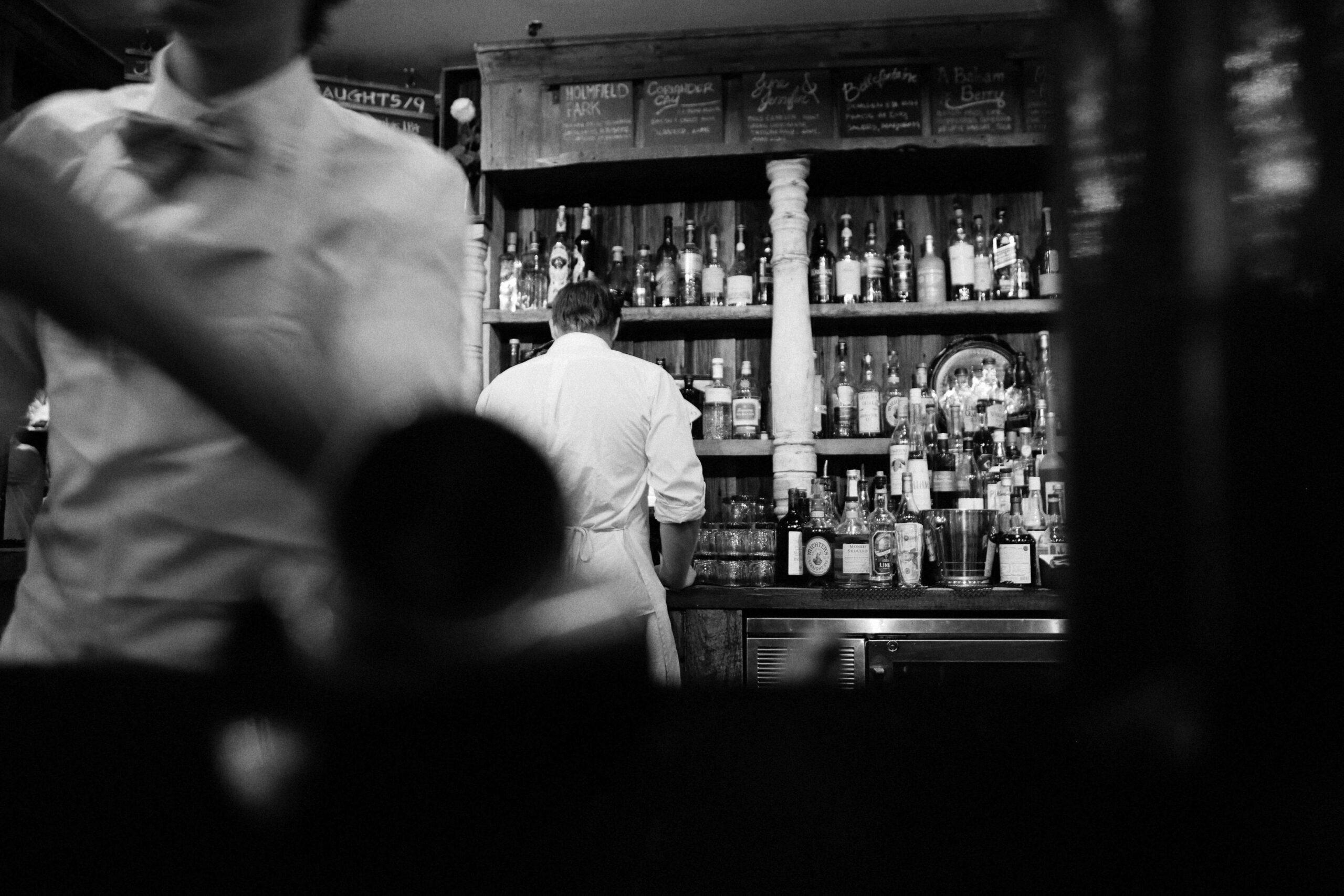From creation to Prohibition to virtual bartending, the story of cocktails has been built by countless individuals brimming with ideas and passion for the craft. This history proves that the perfect cocktail is a timeless creation that will continue to make its mark in the alcohol industry.
The Birth of the Cocktail (Early 1800s – Late 1800s)

The term quickly grew in popularity, making its debut in the American newspapers in 1806.
The Sazerac
The city of New Orleans has laid claim to the creation of the first official cocktail, the Sazerac. The invention of this cocktail began with Antoine Peychaud when he set up shop in New Orleans as an apothecary. He began mixing his family bitters recipe with brandy, as well as selling it on its own.
As Peychaud continued selling his bitters, a new name made its way to town. Sewel Taylor arrived in New Orleans and became a bartender at the Merchants’ Exchange coffee house. He ended up purchasing a lease to run the business himself. Taylor introduced Sazerac-de-Forge et Fils, a French brandy that became his store’s newest menu item.
The next owner of the business, Aaron Bird, decided to mix Peychaud’s Bitters and Sazerac-de-Forge et Fils to create what would become one of the most popular cocktails of all time.
The Golden Age of Cocktails (Late 1800s – Early 1900s)
During this time, cocktails became a staple in both households and bars. More and more saloons and bars were popping up all over America, and the customers were plentiful. Cocktails went from an idea to a strategy that turned regular bartenders into celebrities. The art of mixing drinks became a performance that could draw crowds.
Jerry Thomas, known as the “father of American mixology”, became the first mixologist to write a book compiled with directions for mixing over 600 cocktails. In the early 1800s, mixing drinks was more of a concept rather than something anyone could do with the right recipe, which is what it became during this period.
Prohibition Era and Speakeasies (1920 – 1933)
Suddenly, the “golden age” of cocktails turned into a dark cloud looming over hundreds of businesses. A ban on the manufacturing, selling, and distribution of alcohol should be the type of law that’s the beginning of the end for cocktails, bars, and saloons altogether.
Instead, something sparked within the liquor community in America. Speakeasies took hold of the alcohol industry, allowing drinking with camaraderie in hidden spaces. Since bartenders were limited to sneaking in whatever bootleg alcohol they could find, they had to resort to mixing in syrups, juices, and spices to overshadow the taste.
The speakeasy trend didn’t stop when the Prohibition Era ended. In fact, speakeasies can still be found throughout the world to this day. They may not serve the same purpose, but the idea of secrecy and being a part of something that few know about still has the same effect.
Post-Prohibition to Mid-Century (1933 – 1970s)
A decade and a half later, alcohol became legal once again. Bars were reopening, with a new variety of cocktails to choose from. But the rush back to normalcy led to a lack of quality as alcohol became mass-produced more frequently.
Tiki Time
In the 1950s and 1960s, Tiki bars began to pop up. Customers were transported to a mini-vacation destination in their own hometowns. Drawing inspiration from Polynesian culture, these bars were heavily decorated and offered cocktails like the Mai Tai and the Zombie.
Hollywood Influences
The power of Hollywood is evident in the way that film turned drinking alcohol into an aesthetic. Drinking was as popular as it could be. If someone’s favorite actor was shown on screen with an Old Fashioned in hand, then that fan had to try it.
The Cocktail Renaissance (1980s – Early 2000s)

As the trends for the alcohol industry began to shift, the return to the golden age of cocktails was approaching. Bartenders began to explore the use of fresh ingredients and how to create the perfect balance with their cocktails.
Recipes from the golden age became the classic choices on a bar’s cocktail menu. Mixologists like Dale DeGroff pushed bartenders to use fresh juices in their cocktails. Books were written, full of new recipes and ideas for the alcohol industry.
Modern Mixology (2000s – Present)
Once again, a core part of the bartender’s job became entertainment and flair. Concocting cocktails was an art. Competitions took place around the world, allowing bartenders to showcase their creations and talent.
Festivals of every genre created another opportunity for alcohol consumption, drawing in crowds of people ready to try new things. Some festivals were entirely themed around cocktails, with new concoctions being presented in every booth.
Digital Age & the Future of Cocktails
For some social media influencers, their entire job revolves around creating visually pleasing videos of cocktail recipes. These videos can get hundreds of thousands of views in just a few days.
Instead of buying a recipe book, online users can simply scroll through TikTok and find a variety of cocktail recipes to attempt. With this added accessibility, it empowers people to try making their cocktails at home. Every drink now has its own online tutorial.
Some bars have attempted to combat this by creating a place that’s more than just a bar—it’s an experience. With arcade games and colorful LED lighting, bars must be more than they once were. An increase in themed bars has been seen, potentially due to the need to craft an experience that keeps customers entertained.
Conclusion
Cocktails have come a long way since their official debut in 1806. Without the creativity of humans and their desire to invent, we wouldn’t have the thousands of recipes that we do today.
Each drink comes from a story, making it so much more than just a mix of ingredients. The history of cocktails is rich and full of passion and great minds. As new technologies are developed and businesses are created, the future of cocktails is bright. Cheers!


